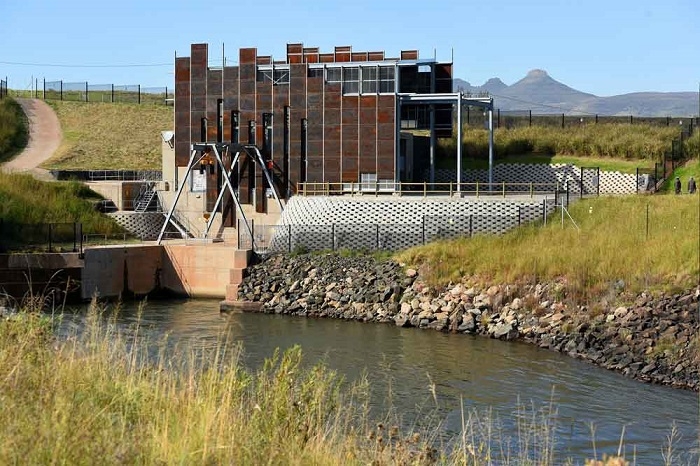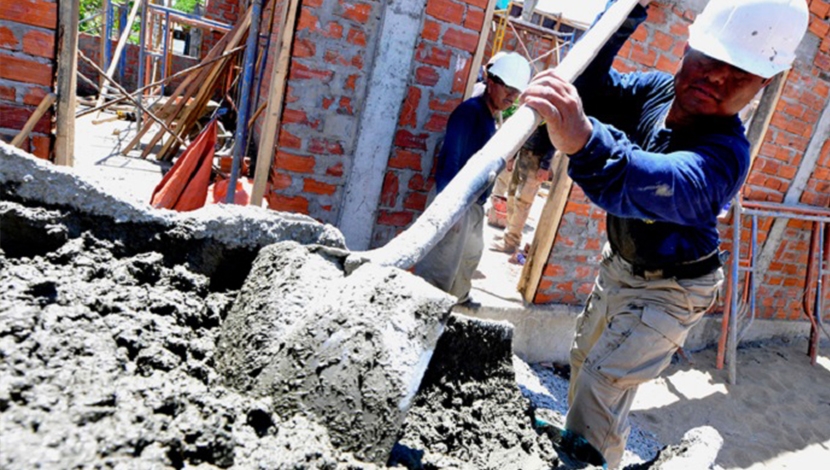

Third quarter economic growth data produced by the Kenya National Bureau of Statistics (KNBS)
shows that the year-on-year quarterly growth of cement consumption fell to 5.3% in 2016 compared to 11.5% in 2015, largely due to the completion of civil works on the first phase of the standard gauge railway (SGR).
The decline in cement demand was in line with a general slowdown in the construction sector.
“The construction sector grew by 9.3% in the third quarter of 2016 compared to 15.6% growth in the same quarter of 2015. The slowed growth was mirrored in the consumption of cement that decelerated from 11% in the third quarter of 2015 to 5.3% in the third quarter of 2016,” said KNBS in the gross domestic report released last week.
“Imports of construction materials such as steel and bars, and bitumen used in the quarter declined. This was partly due to the reduction in civil works on the SGR from Mombasa to Nairobi that is in its final phase.”
The massive railway project and a number of major road projects have driven up the demand for cement in Kenya in recent years.
The real estate sector’s fast growth has in recent years also boosted the cement industry.
Last year was, however, not so bright for the sector with property prices increasing by 1.2% in Q3 2016, compared to 3% in 2015.
With demand slowing down, cement production contracted in the third quarter of last year compared to 2015, falling to 1.61 million tonnes from 1.69 million tonnes.
“The horizon has changed now from producer driven to customer driven production,” Savannah Cement chief executive Ronald Ndegwa said.
With more infrastructure projects in the pipeline, some producers have announced plans to expand capacity in anticipation of future demand.
Largest local producer, Bamburi Cement, plans to increase capacity at its Athi River plant to 2.3 million tonnes from 1.5 million, with Savannah Cement planning to take capacity at its plant in Athi River to 2.4 million tonnes from 1.5 million.





